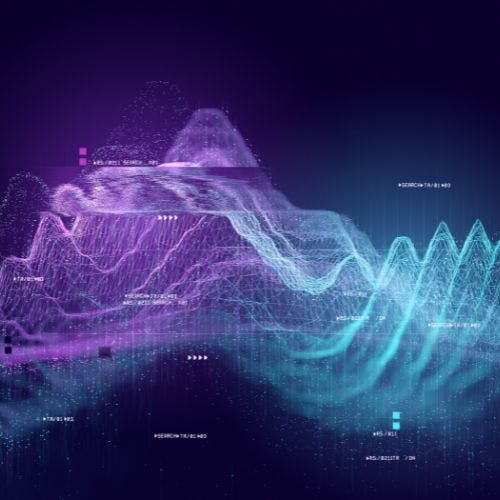As we dive headfirst into the digital age, a popular question making the rounds is, does data analytics require coding? The answer isn't a simple yes or no, but a nuanced discussion that considers multiple facets of data analytics and its rapidly evolving landscape.
The Landscape of Data Analytics
In today's data-driven world, every business decision is backed by data. The role of data analytics is to make sense of this data, draw insights, and make informed decisions. But is coding a necessary skill for this process?

The Role of Coding in Data Analytics
Yes and no. Coding is an integral part of data analytics as it allows for the development of complex algorithms to sort, analyze and draw meaningful insights from large datasets. Yet, there are also platforms and tools that offer code-free solutions for data analytics.
Types of Data Analytics
Data analytics can be categorized into four types: descriptive, diagnostic, predictive, and prescriptive analytics. While the first two types might not require extensive coding knowledge, the latter two, predictive and prescriptive analytics, often do.
Benefits of Coding in Data Analytics
Understanding coding can be a major advantage. Coding can help in understanding the data analytics process in detail, including algorithms and data manipulation. This knowledge allows for better problem-solving, increased efficiency, and more customized results.
Understanding Algorithms and Processes
Algorithms and processes are fundamental to data analytics. With coding knowledge, a data analyst can tweak these algorithms and processes for better, more accurate results. Understanding these algorithms is like knowing the recipe to a dish; you can then modify it according to your taste.
Coding vs. Non-Coding in Data Analytics
While coding does have its advantages, non-coding solutions are also available. Software platforms and tools, like Tableau, offer intuitive, user-friendly interfaces that allow for data visualization and analysis without writing a single line of code.
Software for Non-Coders
Many of these platforms use drag-and-drop features and automated processes to simplify the data analytics process. They are a good starting point for beginners or those not comfortable with coding.
Coding Languages in Data Analytics
If you're interested in coding for data analytics, there are a few languages that are commonly used. Python, R, and SQL are among the most popular.
Python in Data Analytics
Python is known for its simplicity and readability, making it a popular choice for beginners. It has numerous libraries for data manipulation, visualization, and machine learning.
R in Data Analytics
R is another language that is often used in data analytics. It is particularly favored for statistical analysis and visualization.
SQL in Data Analytics
SQL is used for handling and querying databases. It's an important skill for data analysts as most of the data used is stored in databases.
The Future of Data Analytics
As technology continues to evolve, the field of data analytics is becoming more sophisticated. The rise of AI and machine learning is reducing the need for manual coding, but understanding coding can still give you an edge in this field.
Machine Learning and AI
Machine Learning and AI are changing the game in data analytics. With predictive modeling and automation, these technologies are enabling faster, more accurate data analysis. However, understanding the underlying coding principles can help analysts stay ahead of the curve.
Wrapping it up
So, does data analytics require coding? In conclusion, while it's not absolutely necessary, knowing how to code can certainly give you an advantage in the field of data analytics. But remember, there are tools available for those not comfortable with coding. The key is to continually learn and adapt to the ever-changing digital landscape.












